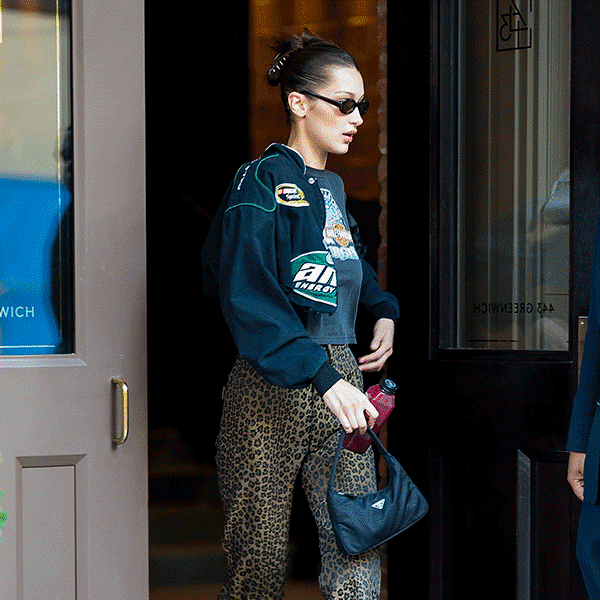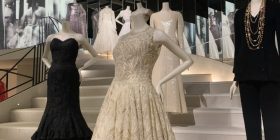Currently, my favourite fashion brand would have to be Chanel, after recently doing research on the history of this iconic fashion house. In watching the BBC2 programme, ‘Coco Chanel Unbuttoned’ I have gained a historic insight in how the brand came into fruition. Affectionately named ‘Coco’, Gabrielle Chanel had a tragic childhood which resulted in her movement to a convent.This is likely to have influenced her understanding of female empowerment in the patriarchal society she grew up in, as she looked on the nuns there as role models. Her mindset is not the only influence she gained from this experience, as it is thought that her traditional black and white colour palette was resemblant of their uniform. Chanel is also known for her use of pearls to pair with simplistic designs, which could be compared to the rosary of the Catholic convent.
Despite having a plethora of important men in her life, Chanel only used them for her own gain, which highlights her proto-feminist attitudes! For example, her first true love ‘Boy’ Capel financially supported her in her hat business, which became the first step in her fashion journey. Many socialite women had fled to French seaside towns and she recognised the absence of hat makers and ateliers and put this to her own use. During this time, she designed the 1920s flapper dress which is greatly referenced in contemporary society as synonymous with the roaring 20s. These garments were often tasseled, which caused them to crease less, as Chanel’s main priority was to make women comfortable, which is unusual considering the presentation of upper class women at the time. This becomes the focal point of her designs. She also spent 10 years of her life with the Duke of Westminster and his friend Sir Winston Churchill. By experiencing British society, she was able to continue her work, as she saw how men could be comfortable in their sports with a jersey material. She began experimenting with this fabric, which led to the androgynous appearance of skirts and trousers which she designed and modelled herself. Also, in England, she became interested in tweed, which began to feature in her slightly later collections, a whole wall of which are on display in the V&A’s sold-out exhibition ‘Gabrielle Chanel: A Fashion Manifesto, which I have been lucky enough to visit.
Finally, her debut of couture collections around the 1950s mean she was also responsible for creating the hype around the little black dress. As Chanel had experienced much grief throughout her life, she is said to have rebranded black, less as a colour of mourning and more of sophistication and simplicity. This remains relevant today particularly in night-life around the world where this is still a common staple. As a result, her legacy and influence as a fashion icon and her subsequent fashion house has led me to respect her all the more and decide to share why this is my favourite brand at the time. Not only did she revolutionise female dress, she also played a huge part in the perfume, jewellery, hat and accessories business. Her iconography and influence on the fashion world continue to remain prevalent today, particularly her mentality that ‘fashion should die and die quickly, in order for commerce to survive’ as she told Paul Morand for the semi-autobiographical book ‘The Allure of Chanel’.






